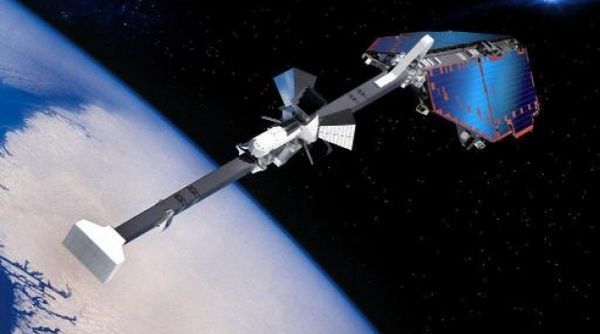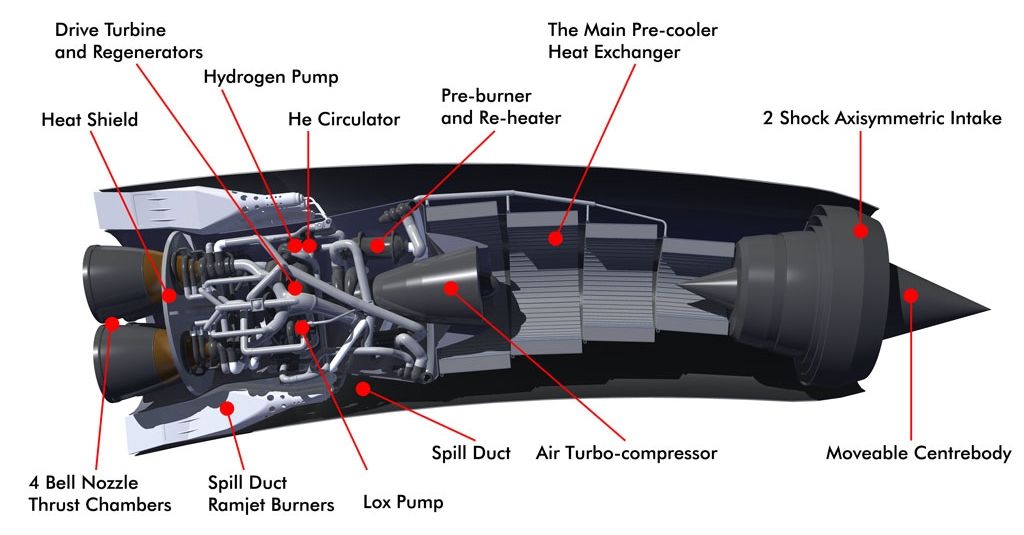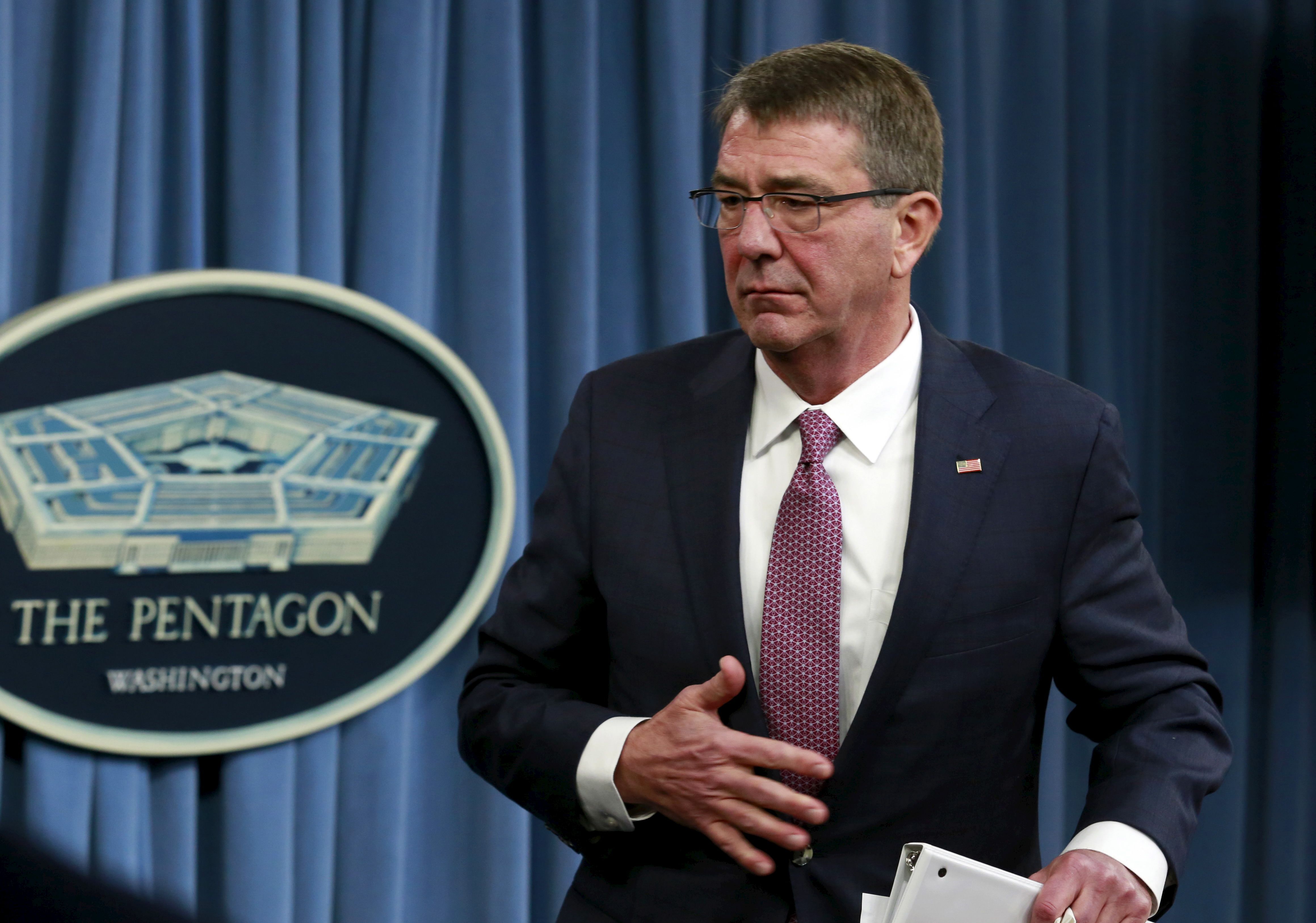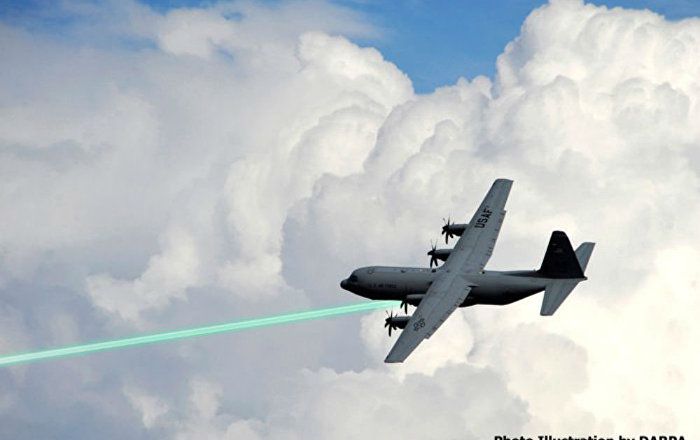Reserve you calendars for March 9th because New America’s Cybersecurity Initiative is hosting its annual Cybersecurity for a New America Conference in Washington, D.C.
On Wednesday, March 9, New America’s Cybersecurity Initiative will host its annual Cybersecurity for a New America Conference in Washington, D.C. This year’s conference will focus on securing the future cyberspace. For more information and to RSVP, visit the New America website.
So, what does cyberwar mean anyway?
At core, when we talk about cyberwar, we’re just talking about warfare conducted through computers and other electronic devices, typically over the Internet. As the very ’90s prefix cyber– (when was the last time you heard someone talk about cyberspace with a straight face?) suggests, it’s been part of our cultural and political conversations since the early ’80s. In recent years, however, such conversations have picked up as those in power become more conscious of our reliance on computers—and our consequent vulnerability. Perhaps more importantly, information like that disclosed by Edward Snowden has demonstrated that governments have already made preparations for virtual conflict, whether or not they’re actively engaging in it now. (Click here for a cheat sheet.)








